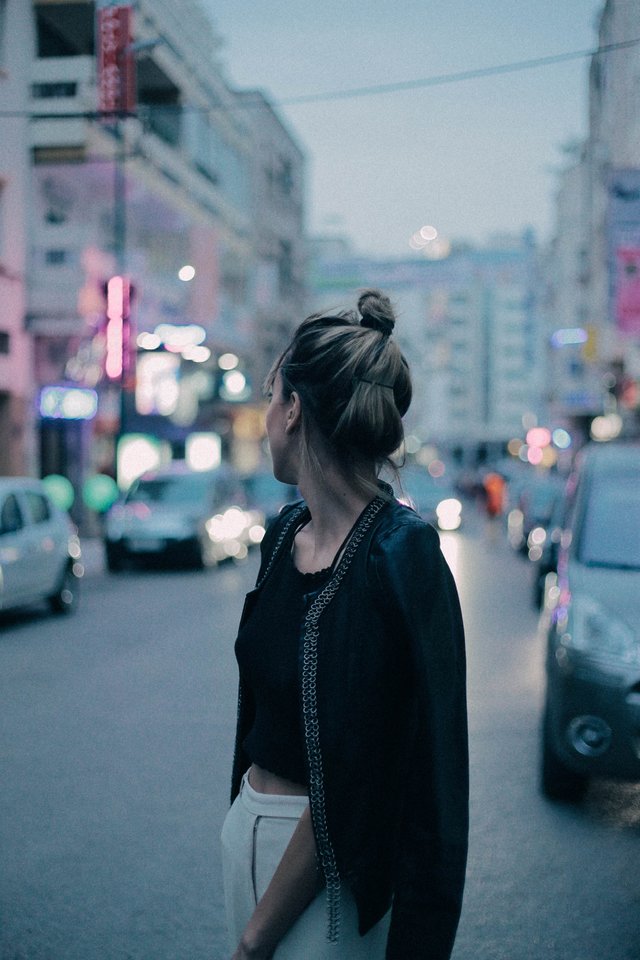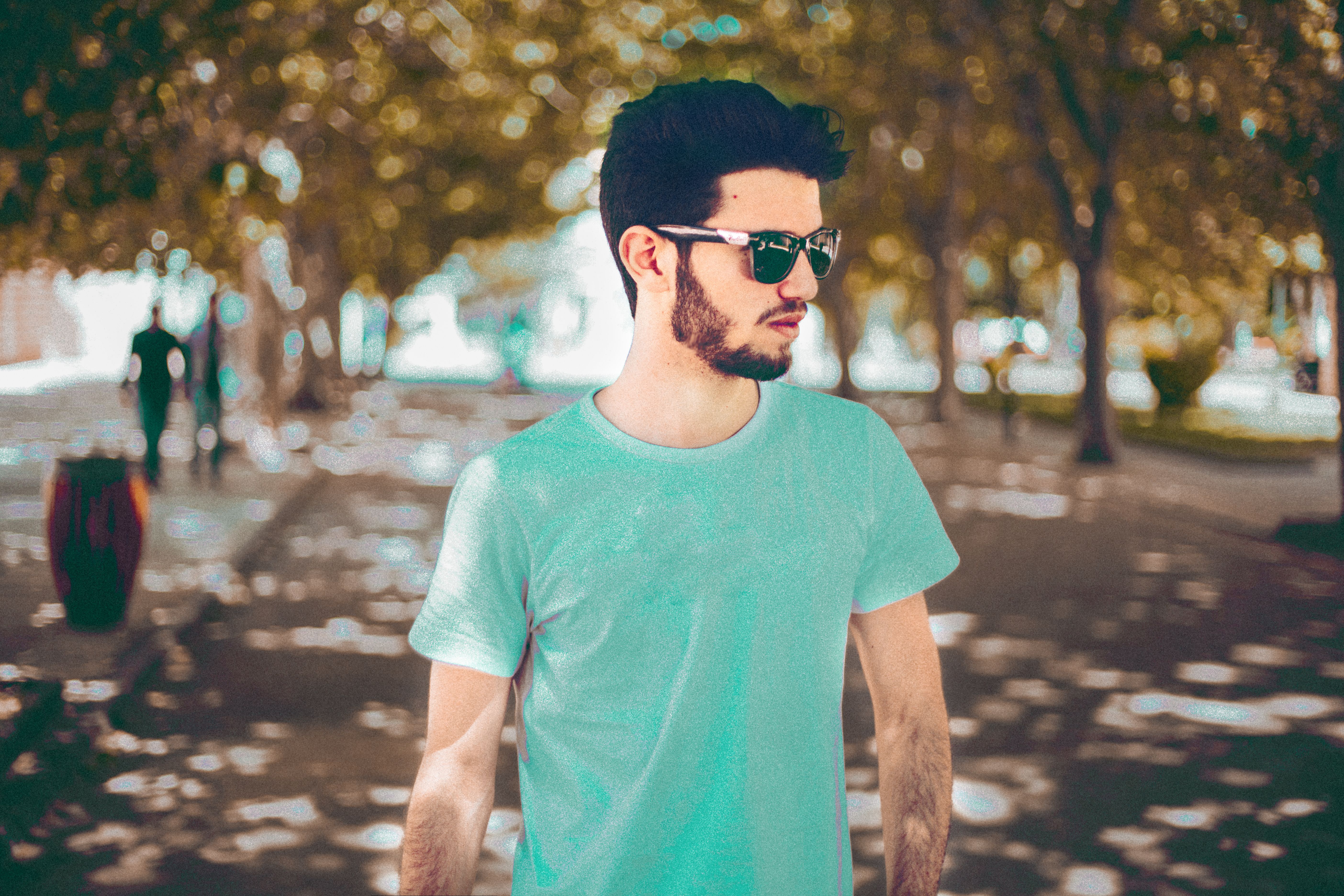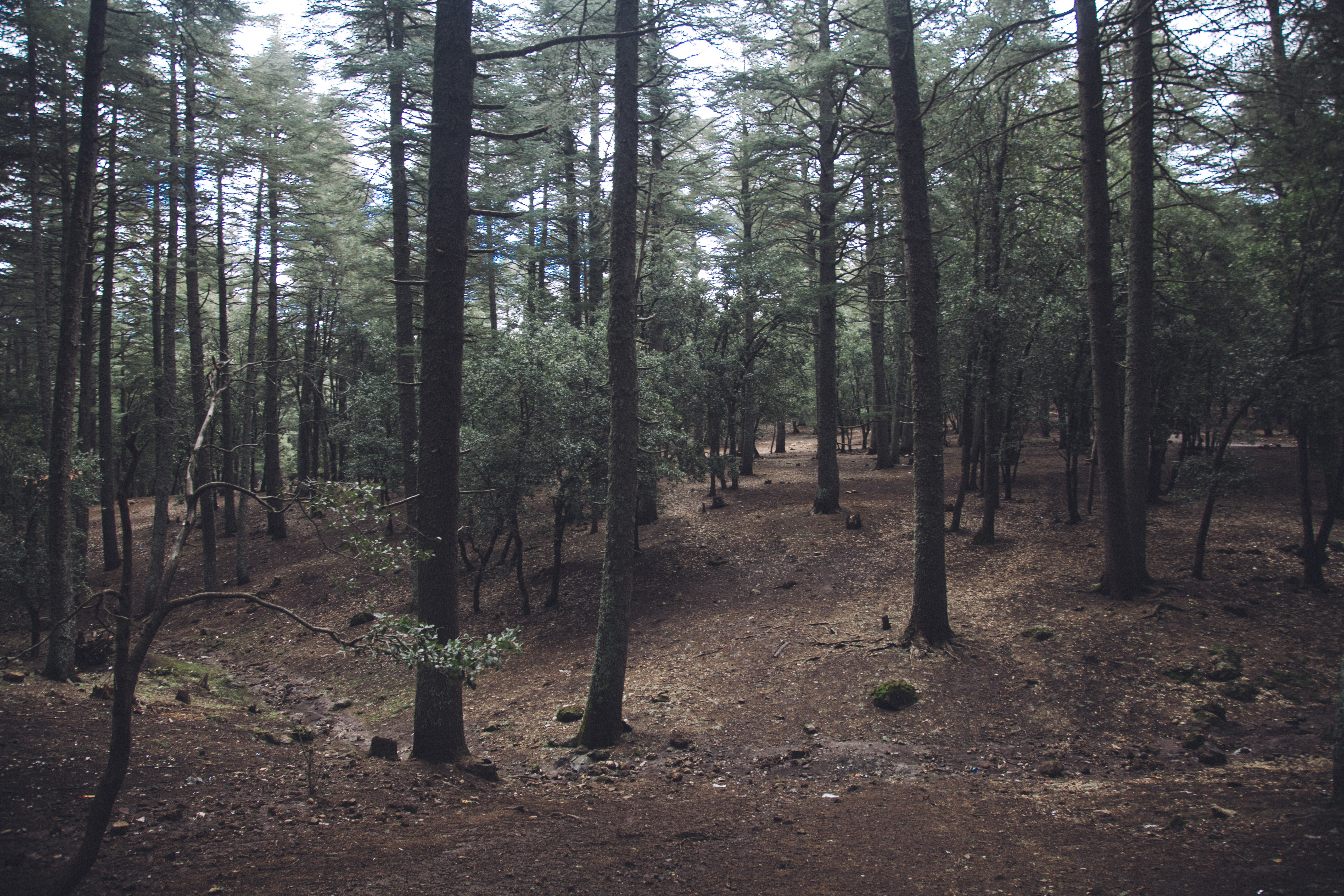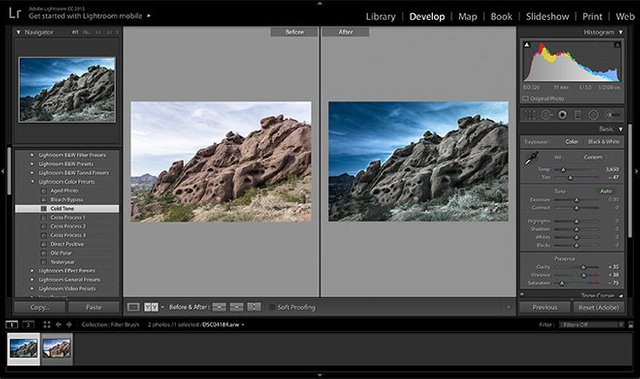10 Tips to Take Better Photos
1 – Learn Manual Mode
Like most people, I struggled to see the point in this when I bought my first digital camera. Why couldn’t I just leave it on priority mode?
Manual mode is much like using an old film SLR from the 1960’s, when they didn’t have buttons that do it all for you. Being the only option, photographers were forced to learn to use their cameras in manual. In doing so, they fully learnt how their cameras worked.
Once you know how to properly use your camera, it becomes much easier to spot where you’re going wrong and to fix it.
Priority modes are good for some situations. But once you know how to properly shoot on manual, you’ll find there’s no need for them and you’ll get better results on your own.

2– Find a Fresh Perspective
As a tall person, I always find myself adjusting my height when taking photos of people so that I’m not looking down on them.
I try to take this a little further where possible and find new ways of looking at photos.
Instead of mounting the camera on a tripod, why not use the floor or through a crowd?
Keeping a fresh perspective maintains fresh photos

3– Clean Up Your Background
The background is as much a part of your photo as the subject so make sure it’s not cluttered and messy. Moving your camera just a few degrees to the side may make all the difference when it comes to cleaning up your shot.
Think about what’s in your viewfinder or on your screen. Ask yourself if each individual element adds something to the photo. If the answer is “no”, it’s taking away from the photos.
Branches, sky and other people are just a few things to look out for. The branch in the shot below really bugs me.

4-Frame Your Subject
Look for a way of putting a frame within a frame, like a doorway or window. In the photo below I used a bluebell flower.
Framing can add context to your photos, telling the viewer a little more about what’s going on and where the photo was taken. Not only does this add a sense of depth but also another element of interest that the photo didn’t have before

5- Shoot every day
The best way to hone your skills is to practice. A lot. Shoot as much as you can – it doesn’t really matter what. Spend hours and hours behind your camera. As your technical skills improve over time, your ability to harness them to tell stories and should too. Don’t worry too much about shooting a certain way to begin with. Experiment. Your style – your ‘voice’ – will emerge in time. And it will be more authentic when it does.
6-Slow down
Take time to think about what is going on in the viewfinder before pressing the shutter. How are you going to compose the shot? How are you going to light it? Don’t jump straight in without giving it some thought first.
7-Shoot with your mind
Even when you’re not shooting, shoot with your mind. Practice noticing expressions and light conditions. Work out how you’d compose a picture of that scene over there that interests you, and what sort of exposure you might use to capture it best
( )
)
8-Have a camera on you at all times
You can’t take great photos if you don’t have a camera on you, can you? DSLR, point-and-shoot or smart phone, it doesn’t really matter. As long as you have access to a camera, you’re able to capture those spontaneous and unique moments in life that you might have otherwise missed
9- Eyes
Your eyes are the key. Holding a pose and keeping your eyes engaged is difficult. So close your eyes and then open them. Look away, then look back to the camera. Do something unexpected. Talk to the photographer. Face your eyes towards the light source: catchlights create sparkle and immediately add life to your eyes. If you are outdoors, stand in the shade, and face the light. If you are indoors, face a window at an angle
10-Learn Lightroom
Editing is vitally important to developing your vision and becoming a good photographer. I suggest using Lightroom, as it is the industry standard and it works well for so many photographers. Photograph in RAW to get the most flexibility and quality in your images and explore all of the RAW development settings. Try to recreate the looks of other photographers to get a feel for how their editing was done.
Be diligent about organizing your archive. A little time spent each time you upload images will save you so much time in the future. Star your good images (Lightroom allows 1 through 5 stars) so they are easy to find, and create collections based on ideas that you grow over time. Viewing your work in this organized fashion will help you develop your skills much faster than if you have a messy archive

Great Post bro.... The community needs more of people like you.
wa bro hadchi ziiiin haha
Congratulations @anaselmekk! You received a personal award!
You can view your badges on your Steem Board and compare to others on the Steem Ranking
Do not miss the last post from @steemitboard:
Vote for @Steemitboard as a witness to get one more award and increased upvotes!